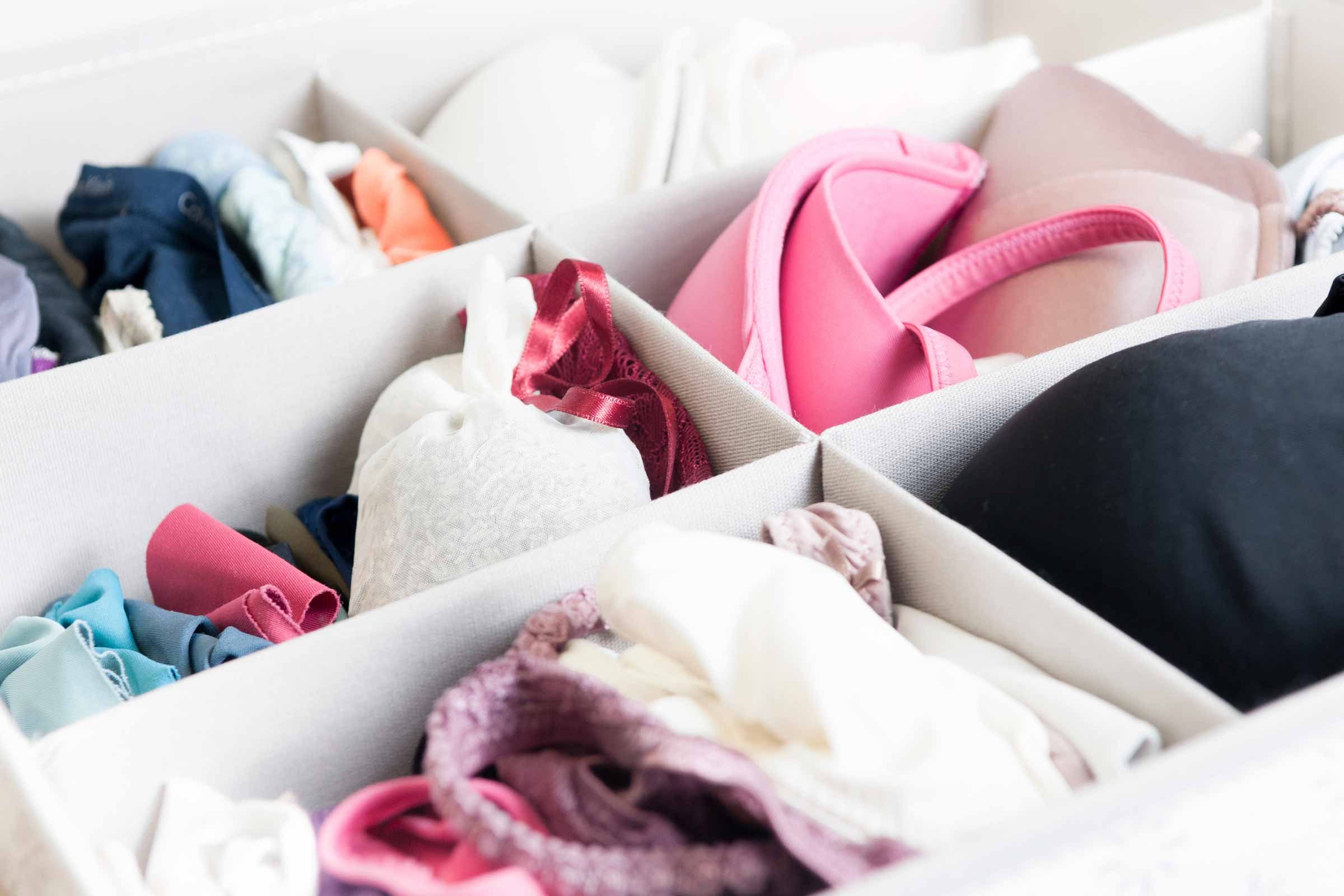
Wear cotton underwear
The fungus (Candida albicans) responsible for yeast infections thrives in warm, moist environments. To avoid yeast infections, wear cotton underwear to reduce moisture retention. The cotton will absorb dampness away from your vagina. Synthetic materials such as nylon won’t help reduce moisture, rather they trap and hold moisture in place. While this won’t affect everyone, women who are predisposed to develop chronic yeast infections should be aware of the potential risk. Another way to reduce moisture down there is to avoid using a pantyliner for extended periods of time. They trap in moisture since they minimize air flow. Here are more underwear mistakes that can mess with your health.
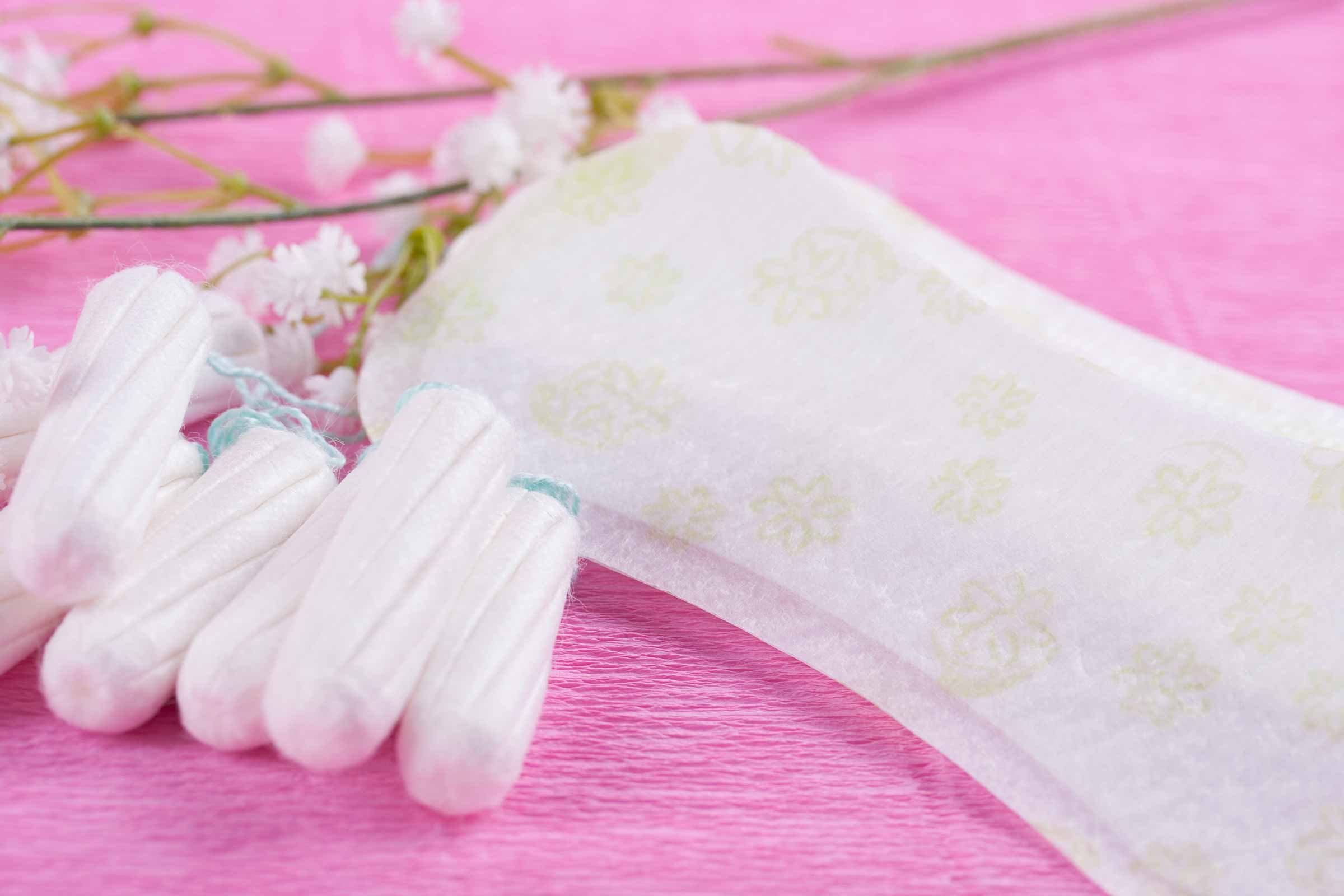
Pass on scented products
In order to maintain a balanced vaginal pH level, avoid using scented products such as soaps, tampons, sanitary pads, sprays, and powders. Elisa Ross, MD, an obstetrician and gynecologist at Cleveland Clinic’s Women’s Health Institute confirms that scented products “may also dry out the sensitive tissue.” If you already have a yeast infection, using these products may only aggravate it and cause more discomfort. Also avoid douching as this can cause an imbalance between “good” vaginal bacteria and other more harmful bacteria. Douching washes away the protective lining in the vagina which is how to prevent yeast infections. Here are health secrets your vagina wants to tell you.

Remove wet clothes immediately
After a workout or a swim, remove wet clothes as soon as possible. While most women won’t develop a yeast infection if they’re in wet clothes, women who are prone to multiple occurrences of yeast infections should be weary of staying in wet clothes for extended periods of time. Dry off completely after taking a shower or bath and always wipe from front to back after using the bathroom. This is another precaution that will ensure that fecal bacteria isn’t transferred into the vagina.
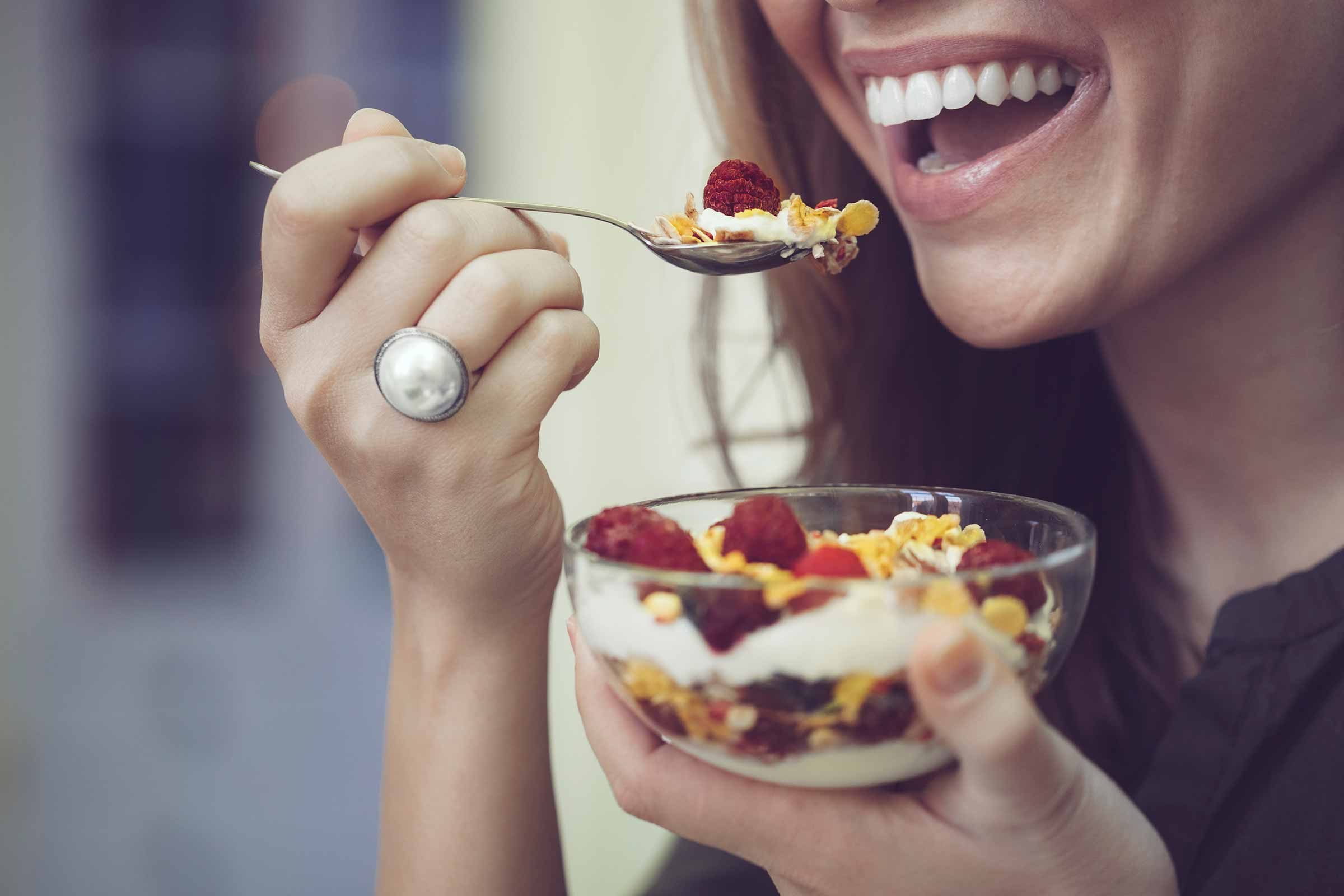
Boost your intake of probiotics
Eat foods such as yogurt that contain live cultures of Lactobacillus and/or acidophilus (bacteria typically found in the vagina). This will encourage the growth of “good” bacteria that your vagina needs to help prevent yeast infections. An alternative is to seek out supplements that also contain these bacterial cultures. Studies have shown that there’s a link between ingesting these live cultures and an increase of these bacteria in the vagina. Sarah Wagner, MD, an assistant professor of obstetrics and gynecology at the Loyola University Health System, summed it up for everydayhealth.com: “Probiotics are safe, and they are not a bad idea to add to your diet.”
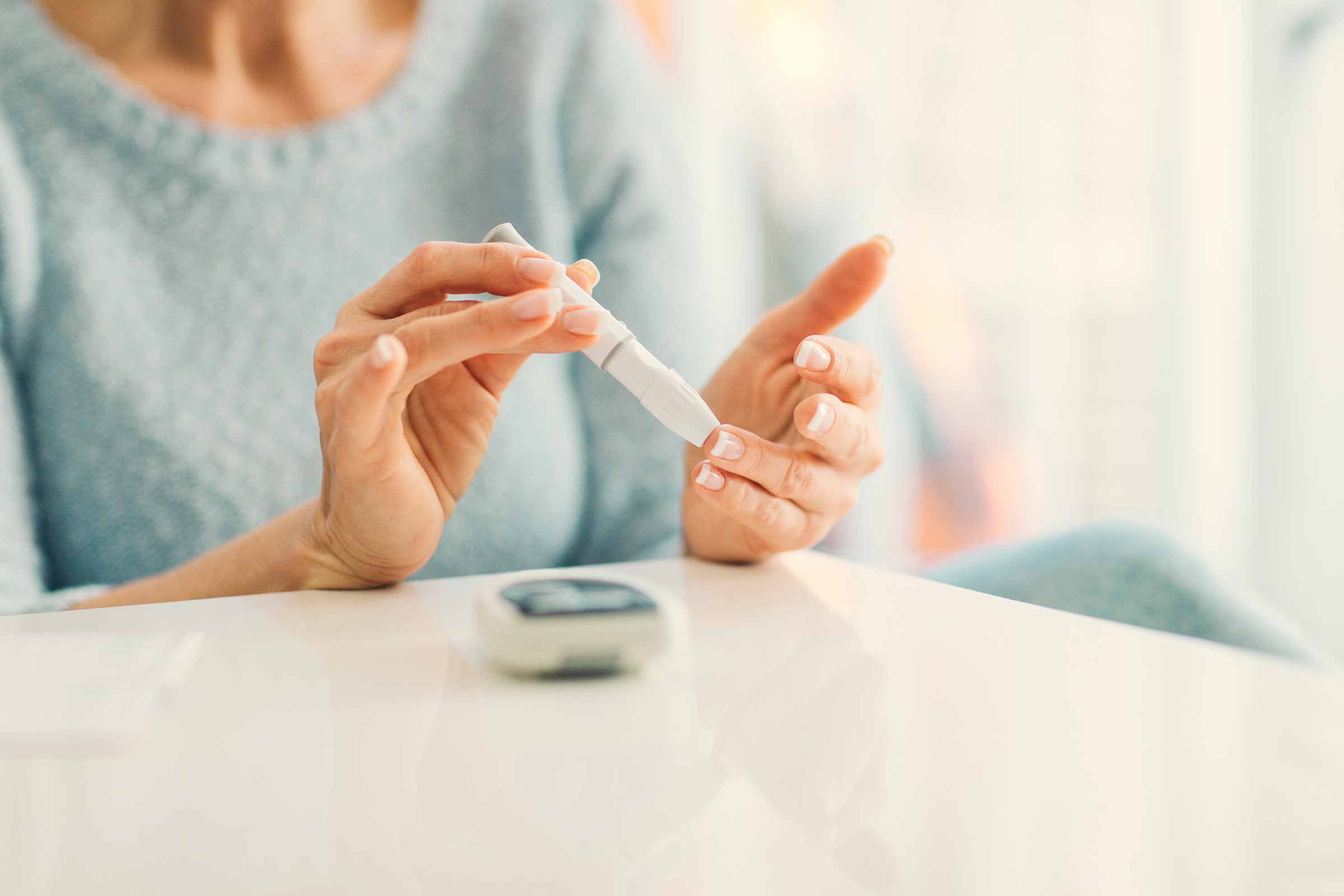
Control blood sugar levels
Studies have found that women living with type 2 diabetes are more prone to repeat cases of yeast infections. Daniel Einhorn, MD, vice president of the American Association of Clinical Endocrinologists told everydayhealth.com that “some women, especially those with poorly controlled diabetes, have some compromise in their ability to fight off any infection”. For this reason, ensuring that blood sugar levels are managed effectively will help determine how to prevent yeast infections. Left unchecked high sugar levels will allow bacteria in the vagina to grow quickly. In addition, pregnancy and certain diseases that suppress the immune system also pose a risk of recurring yeast infections. This is due to the body’s inability to fight off infections.
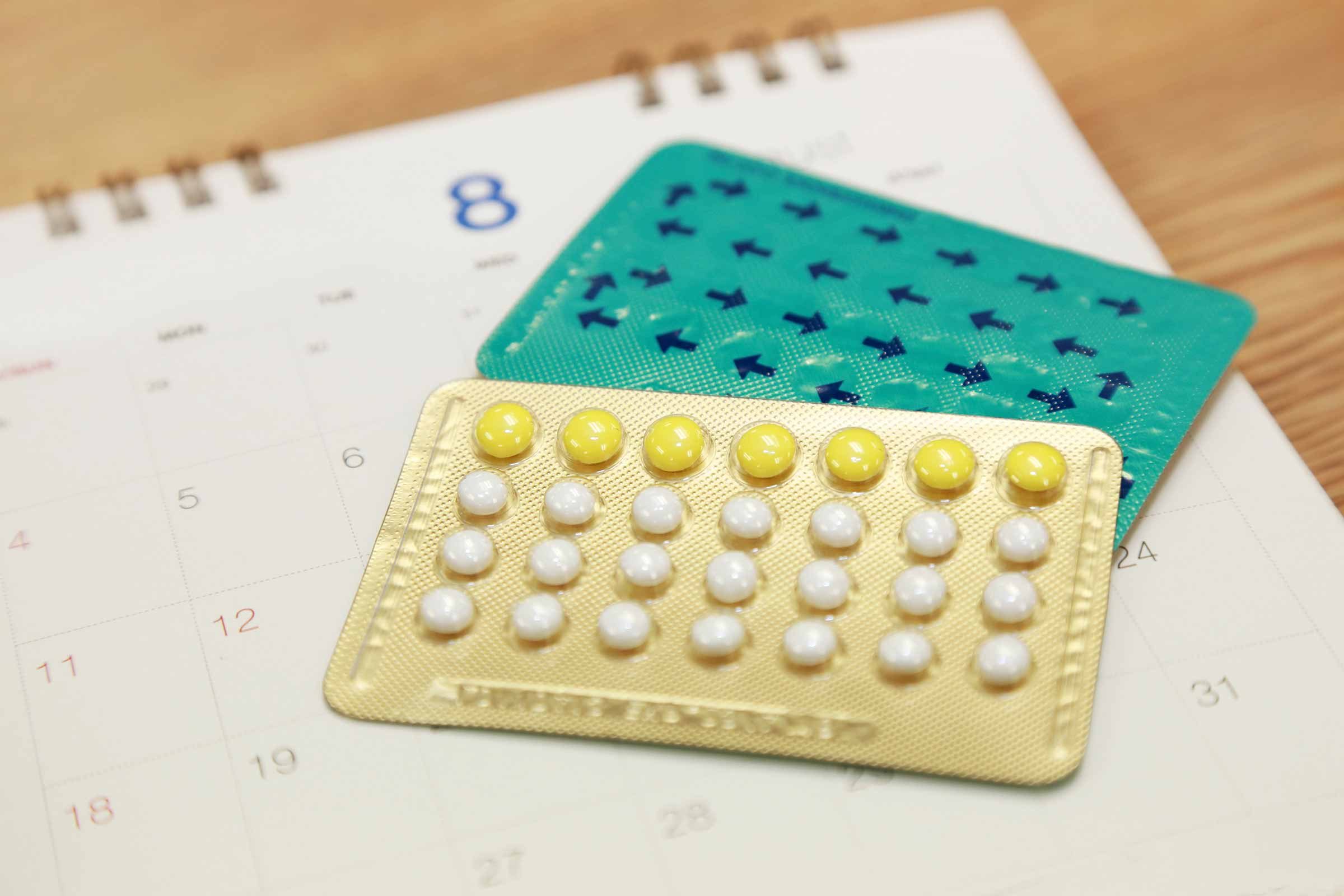
Change your birth control pill
Many brands of birth control pills contain estrogen. This typically isn’t an issue for most women but this extra dose of hormones can make some women more susceptible to yeast infections. Estrogen leads to the production of glycogen (a sugar) in the vagina, and because yeast feeds on sugar, it grows out of control. If your chosen birth control contains high levels of estrogen and you’re susceptible to yeast infections, consult with your doctor before making a switch. They may suggest that you consider switching to another formula, perhaps one that only contains progesterone. These are signs you might be on the wrong birth control.

Avoid tight clothes
Wear clothes that allow your body to breath. Tight clothes such as leggings, jeans, and pantyhose lead to heat and moisture becoming trapped near your crotch. This allows the Candida albicans fungus to grow and thrive. Much like your underwear, a smarter option is to choose fabrics that consist of cotton and don’t have a close fit. This will allow air to circulate down there. Sleeping commando under your pajamas or nightgown is another way to ensure your vagina stays cool and dry.
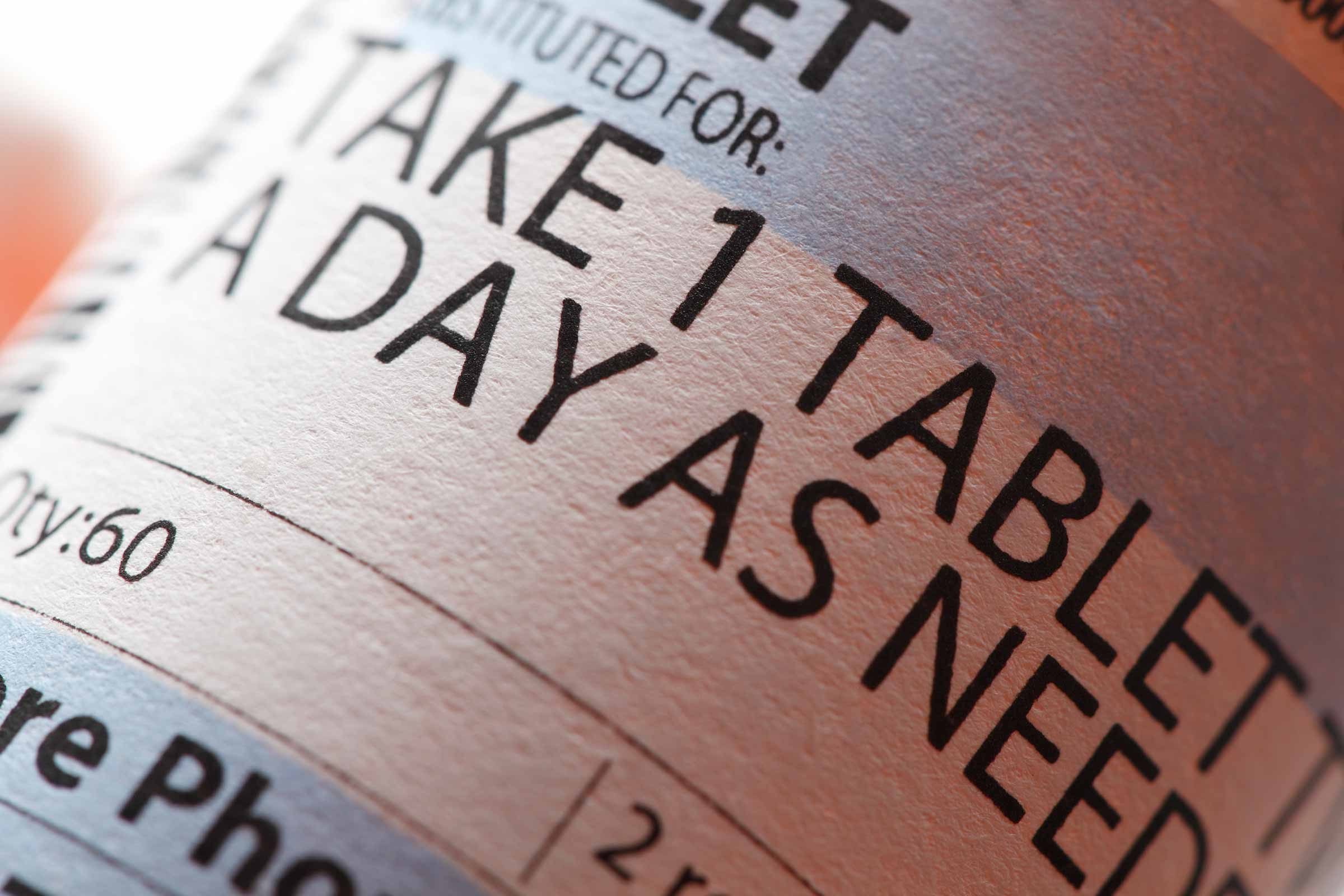
If possible, avoid antibiotics
In instances where they’re required, only use antibiotics as directed. Prolonged use or unnecessary use (for example, for a cold) can cause yeast infections since antibiotics kill off bacteria. Even the “good” bacteria that your body needs to keep yeast growth in check won’t survive. If you develop a yeast infection while taking an antibiotic or other medication, consult with your doctor to determine if there are other effective options available to you. An over-the-counter topical cream might be needed for yeast infection treatment. (Find out if cranberry juice helps yeast infections.)
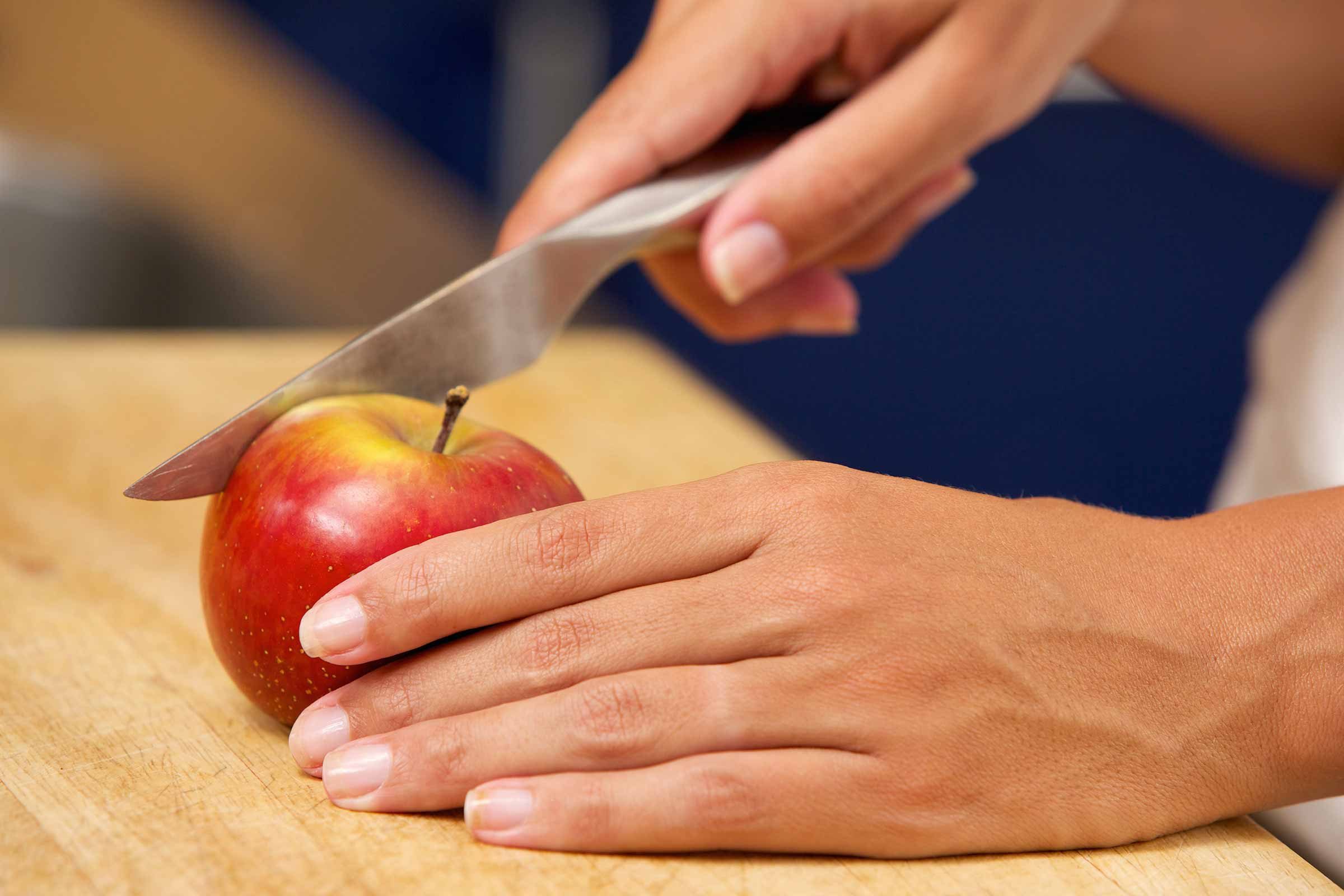
Reduce your sugar intake
While research is still ongoing, some women speculate (based on their personal experience) that ingesting large amounts of sugar will result in yeast infections. It’s possible that high levels of sugar (more specifically, glucose) will encourage yeast to grow and stick to the cells in the vagina. For this reason, eating foods that are low in sugar may prevent yeast infections. Eat a well balanced diet that avoids processed snacks, some dairy products, alcohol and carbohydrates such as refined white sugar, flour and rice. Some women may need to remove fruits and vegetables with starch from their diet as well. Here are clear signs you’re eating too much sugar.